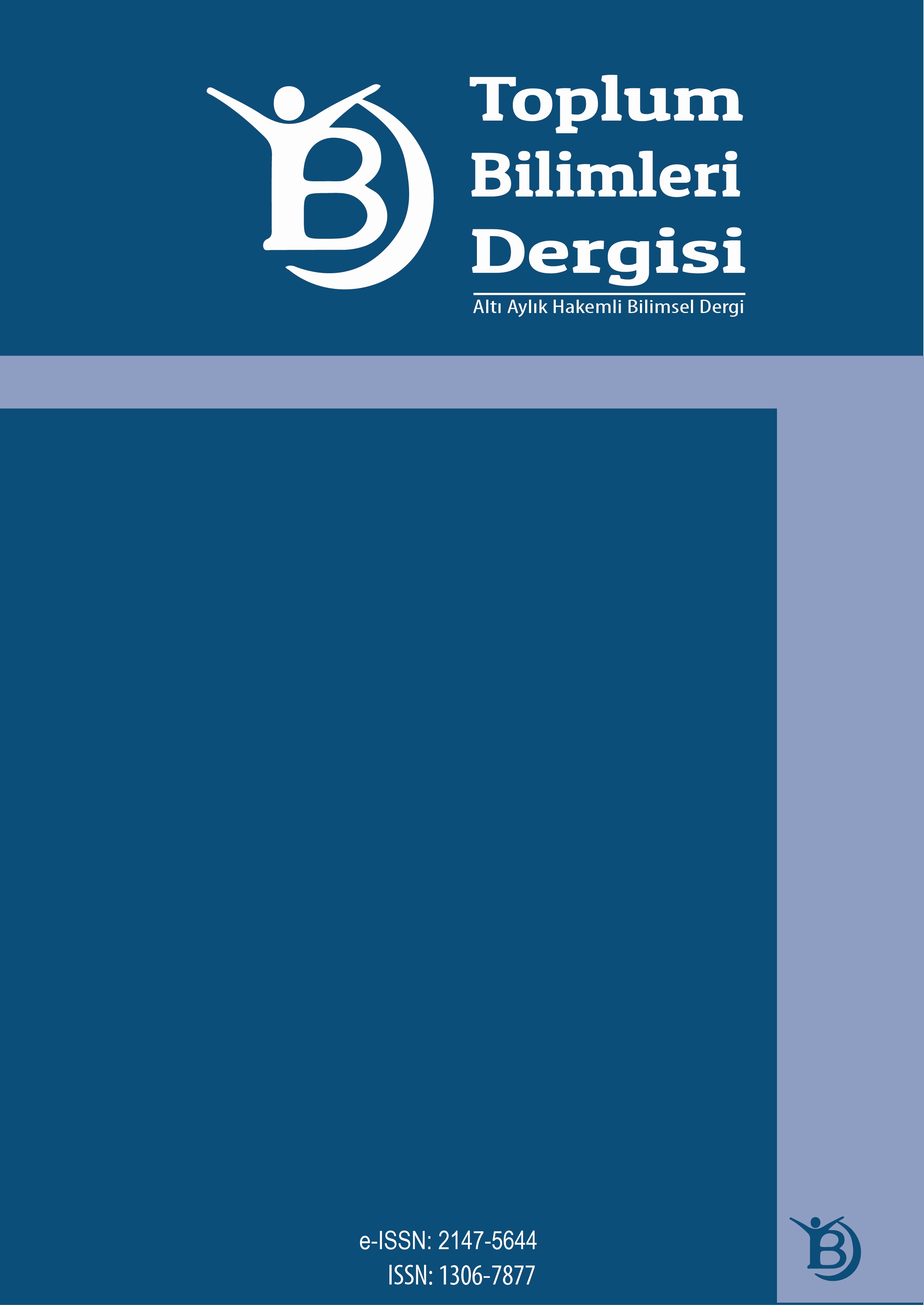Author :
Abstract
Karma yöntem aynı araştırma içerisinde nicel ve nitel metodolojilerin sentezi yoluyla elde edilen bulgulardan yola çıkarak geleceğe yönelik çıkarımlarda bulunmayı amaçlayan bir araştırma yöntemidir. Nitel ve nicel yöntemlerin bir arada kullanımına imkân veren Karma Yöntem araştırması nispeten yeni olmasına karşın sosyal bilim alanında hızla yükselen bir araştırma paradigması hâline gelmiştir. Bununla birlikte bir karma yöntem araştırmasını tasarlamak ve yürütmek eşzamanlı olarak iki farklı bilgi düzleminde çalışmayı gerektirdiğinden zorlayıcı olabilmektedir. İki hattan ilerleyen araştırma sürecindeki kesişme ve ayrışma dengesini gözeterek araştırma sorusuna derinlemesine bakışı koruyabilmek bu desene ilişkin çerçevenin net bir şekilde özümsenmesini zorunlu kılmaktadır. Bu makalenin temel amacı karma yöntem araştırmalarının felsefi temelleri üzerinden tarihsel bağlam içerisindeki gelişimini takip etmek, karma yöntem tasarım türlerini özetlemek ve yöntemin güçlü yönlerine ve sınırlılıklarına değinerek araştırmacılar için teori ve pratiği içeren genel bir çerçeve sunmaktır. Bu amaçla ilk olarak Karma Yöntemin felsefi temelleri ve tarihsel gelişimi aktarılmış ardından tasarım türleri, örneklem seçimi, veri toplama ve analiz adımlarını içeren analitik çerçeve detaylandırılmıştır. Son olarak karma yöntem tasarımlarının metodolojik katkılarına ve sınırlılıklarına değinilmiştir. Karma yöntemin rasyoneli ve uygulama adımlarını ortaya koyan bu çalışmanın bütünsel bir bakış açısına gereksinim duyan araştırmacılar için önemli bir başvuru kaynağı olacağı düşünülmektedir.
Keywords
Abstract
Mixed method is a research method that combines quantitative and qualitative research features in a single study and aims to reach a comprehensive description of the phenomenon. Mixed Method research uses qualitative and quantitative methods together. Although relatively new, it has become a rapidly emerging research paradigm in the field of social science. However, designing and conducting a mixed method research can be challenging as it requires working simultaneously on two different epistemological bases. In order to gain an in-depth look at the research question, it is important to maintain the balance of convergence and divergence in the two-phase research process. Therefore, a clear understanding of the research procedure specific to the mixed method is of great importance. The main purpose of this article is to follow the development of mixed method research in the historical context through the philosophical foundations and to briefly explain the mixed method design types. Also, by addressing the strengths and weaknesses of the method, it provides a general framework for researchers that includes theory and practice. For this purpose, firstly, the philosophical foundations and historical development of the mixed method are mentioned. Then, the analytical framework including design types, sample selection, data collection and analysis processes is detailed. Finally, the methodological contributions and limitations of mixed method designs are mentioned. This article will outline common types of mixed methods designs and provide steps of how to conduct typical mixed research. In this respect, it will be an important resource for researchers who want to look the phenomena in depth.





